Microsoft Feed-based Audience Campaigns vs Performance Max Campaigns: E-commerce Merchants’ Strategic Guide
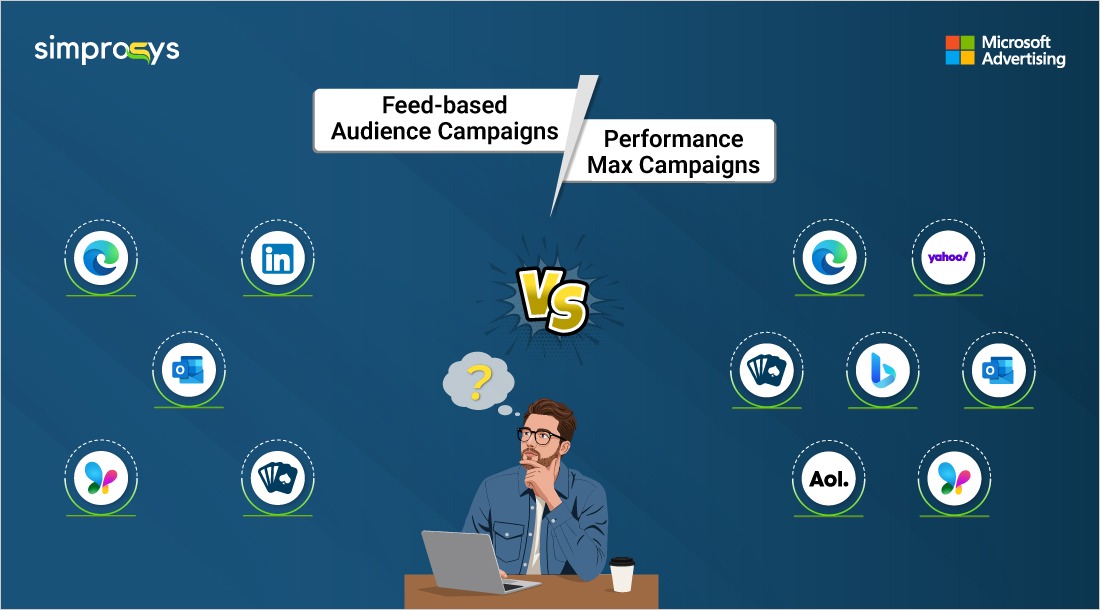
The e-commerce landscape is evolving rapidly. And, Microsoft Advertising has become a boon for online retailers who know how to use it right. However, many merchants are missing out on this by not knowing which campaign type to choose.
What stands out between successful and struggling merchants is the ability to choose the right type of campaign for their business. This choice can make or break the advertising ROI.
Through this blog, we’ll help you decide between Microsoft Advertising’s Feed-based Audience campaign and the Performance Max campaign.
Understanding the Fundamentals
– Feed-based Audience Campaigns
A feed-based audience campaign in Microsoft Advertising shows ads using just your product feed. It uses your product data feeds to create dynamic ads that appear across the native formats for your product listings.
Your products get showcased on MSN, Microsoft Outlook, Microsoft Edge, Microsoft 365, Microsoft Casual Games, and more through the Microsoft Audience Network. These campaigns are highly versatile and effective across all stages of the marketing funnel – from initial awareness and consideration to conversion and re-engagement with existing customers.
– Performance Max Campaigns
Microsoft Advertising’s PMax Campaign operates on a completely different principle. It’s Microsoft’s AI-driven solution that automatically optimizes across all their properties simultaneously.
The AI handles everything from search to shopping, and display to audience networks. So, your job is simple: provide the assets and let the machine learning do the rest.
Feed-based vs Performance Max: Key Differences
The choice isn’t just about features. But it’s also about matching your business requirements with the right growth strategy.
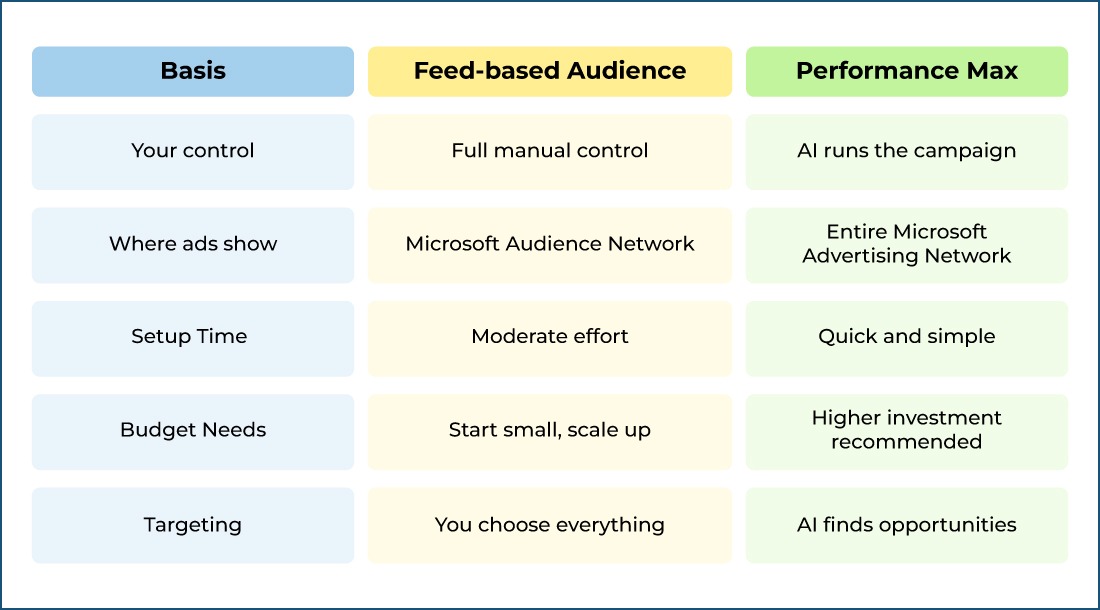
When to Launch: Feed-based vs Performance Max Campaigns
Start with Feed-Based Audience Campaigns if:
- You’re new to Microsoft Advertising and want to start small initially
- You want the simplicity of setup without creating additional creative assets
- You have specific audience segments that you know convert well
- Your products are visually appealing – for example, fashion, home decor, or lifestyle
Start with Performance Max Campaigns if:
- You have a proven product catalog with solid conversion data
- Your budget allows for a higher monthly investment
- You’re a time-constrained marketing team that needs automation
- You’re scaling successful campaigns from other platforms and need Microsoft to catch up quickly
An Example to Understand it Better
Let’s take a hypothetical example to understand the two.
Say you run an online clothing store. Here’s how you might approach Microsoft Advertising for different goals:
| Scenario 1: Feed-based Audience Ads | |
| Your goal | Introduce your new spring collection to potential customers |
| Your approach | – Optimize your product feed with high-quality images and assign relevant attributes. – Target fashion-conscious users aged 25-45 who show shopping behaviors – Set a $300 monthly budget with manual bidding for control – Leverage the campaign’s full-funnel capabilities |
| What happens | Your ads reach style-conscious shoppers across the Microsoft Audience Network through native placements that blend naturally with content. This approach supports both brand recognition and direct conversions. |
| Scenario 2: Performance Max Campaigns | |
| Your goal | Maximize sales of your best-selling items |
| Your approach | – Use Performance Max to let AI optimize your ad placement – Allow automated targeting based on conversion data – Allocate $800 monthly with automated bidding – Let the system scale successful products automatically |
| What happens | The AI identifies your highest-converting products and audiences, automatically adjusting bids and placements. Your conversion rates improve while reducing manual management time. |
– Key Insight
Rather than choosing one strategy, the online store runs both simultaneously – using Feed-Based Audiences for both awareness and performance (depending on audience selection) and Performance Max for AI-driven conversion optimization and advanced retargeting capabilities. This dual approach maximizes both brand growth and immediate sales.
Easy-to-use App for Managing Microsoft Advertising Campaigns
Managing both campaign types can be quite complicated. However, using the right tools can ease out and make all the difference.
The Shopping Feed App for Shopify provides a single platform for managing both campaign types seamlessly. You can efficiently optimize your feed to help improve your ad performance. With built-in performance tracking, you know what’s working across both campaign types.
Practical Implementation Strategy
Start by using feed submission apps to submit and optimize your shopping feeds that work for both campaign types.
Set up feed-based audience campaigns initially, as it just requires your product feed. Transition to Performance Max as your data and conversions grow. Ensure you maintain consistent product information across both campaign types without double work.
The result? A streamlined operation that scales with your business growth.
Mistakes to Avoid
- Never start Microsoft Performance Max without sufficient conversion data. Because the AI needs a certain number of conversions, say around 30, to optimize effectively.
- Don’t neglect your product images for feed-based campaigns. Poor visuals kill performance faster than bad targeting.
- Give algorithms time to learn properly – while 2-4 weeks is often sufficient, optimization speed depends heavily on conversion volume, budget, and feed quality.
- For lower-volume merchants or those with limited budgets, it may take longer than 4 weeks to fully ramp up performance.
- Always utilize proper product categorization in your feeds. Messy data leads to messy results.
- Never ignore audience insights from both campaign types. These insights are goldmines for optimization.
Your Strategic Roadmap
- Start with Feed-Based Audience campaigns to understand your Microsoft Advertising audience deeply. Then, learn what resonates, what converts, and what doesn’t.
- Graduate to Performance Max as your data and confidence grow.
- Use both simultaneously for comprehensive market coverage. Cover the entire customer journey from awareness to conversion.
- Leverage automated tools to maximize efficiency without increasing workload.
- Plan seasonal campaigns strategically, not reactively. Anticipate demand changes and adjust accordingly.
The Competitive Advantage
While your competitors are still figuring out which campaign type to choose, you’ll be using both to dominate the entire customer journey.
While they’re struggling with manual optimization, you’ll be leveraging automated feed submission apps and AI where it works best, while maintaining control where it matters most.
While they’re treating Microsoft Advertising as an afterthought, you’ll be building a comprehensive strategy that drives real business growth.
Ready to transform your Microsoft Advertising strategy?
Microsoft Advertising offers genuine opportunities for e-commerce growth. Both Feed-Based Audience and Performance Max campaigns have their place in the advertising strategy.
The key is understanding your business needs and matching them with the right campaign approach. Look at your goals, budget, and available resources. And, this assessment will help guide your decision.
Whether you choose Feed-Based Audience campaigns, Performance Max, or both, the most important step is getting started and learning from your results.
Frequently Asked Questions
1. Can I run both Feed-based Audience and Performance Max campaigns simultaneously?
Yes, you can. In fact, running both campaign types simultaneously is often the most effective strategy for comprehensive market coverage. Feed-based Audience campaigns excel at full-funnel customer nurturing (awareness through re-engagement), while Performance Max campaigns focus on AI-driven conversion optimization. This dual approach allows you to cover the entire customer journey from initial awareness to final conversion, maximizing your overall Microsoft Advertising ROI.
2. How much budget should I allocate to get started with each campaign type?
For Feed-based Audience campaigns, you can start with a modest budget of $200-500 monthly, making it ideal for testing. Whereas, Performance Max campaigns typically require a higher investment of $500-1000+ monthly to provide the AI with sufficient data for effective optimization. Remember, Performance Max needs around 30 conversions to optimize effectively, so your budget should align with your conversion volume expectations.
3. How long does it take to see results from each campaign type?
Feed-based Audience campaigns can show initial results within 1-2 weeks, as they rely mainly on your product feed quality. Performance Max campaigns typically need 2-4 weeks for the AI to learn and optimize effectively, though this timeline can extend for merchants with lower conversion volumes or limited budgets. The key is patience – give the algorithms sufficient time to collect data and optimize performance.
4. What’s the minimum product catalog size needed for these campaigns?
There’s no strict minimum, but Feed-based Audience campaigns work well with smaller catalogs (even 50-100 products) since you have more control over targeting and product selection. Performance Max campaigns benefit from larger, diverse product catalogs (200+ products) as the AI can better optimize across multiple products and find winning combinations. However, both can work with any catalog size if your products have good conversion potential.
5. Do I need different product feeds for Feed-based Audience and Performance Max campaigns?
No, you can use the same optimized product feed for both campaign types. The key is ensuring your feed contains high-quality product information, compelling descriptions, accurate categorization, and excellent images. Make sure to maintain one optimized feed that works effectively across both campaign types, eliminating the need for duplicate work while maximizing performance for both strategies.


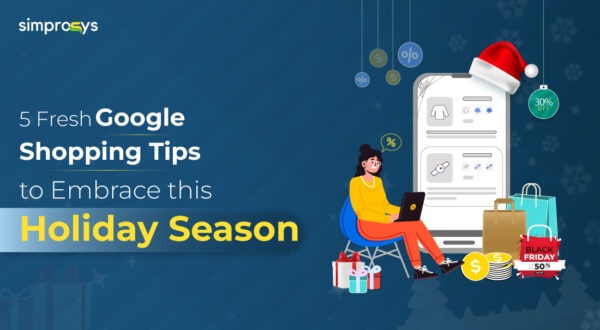
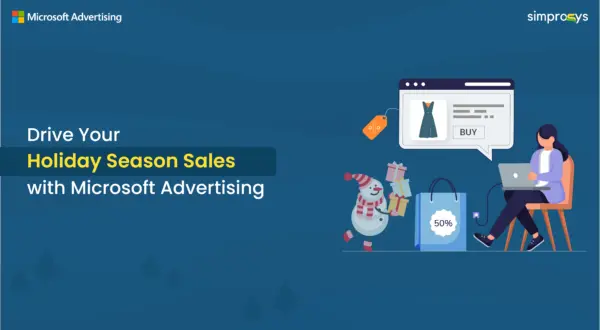
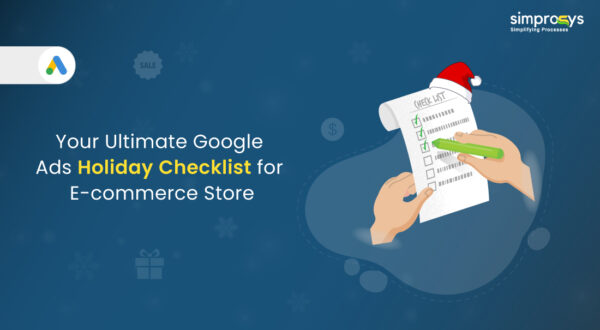
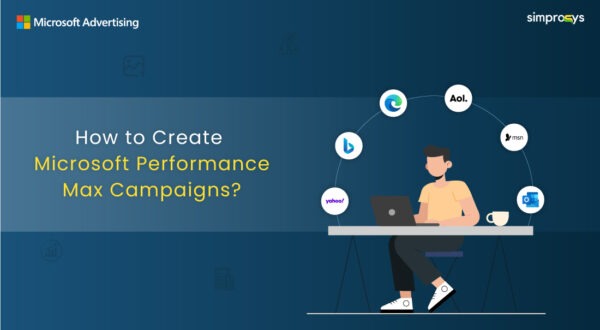
Leave a Reply